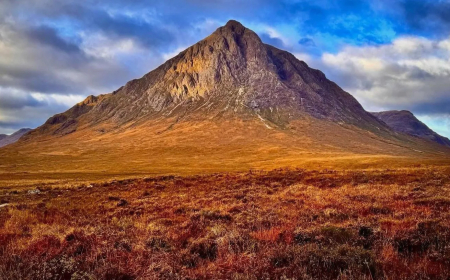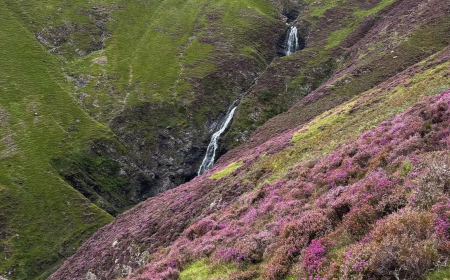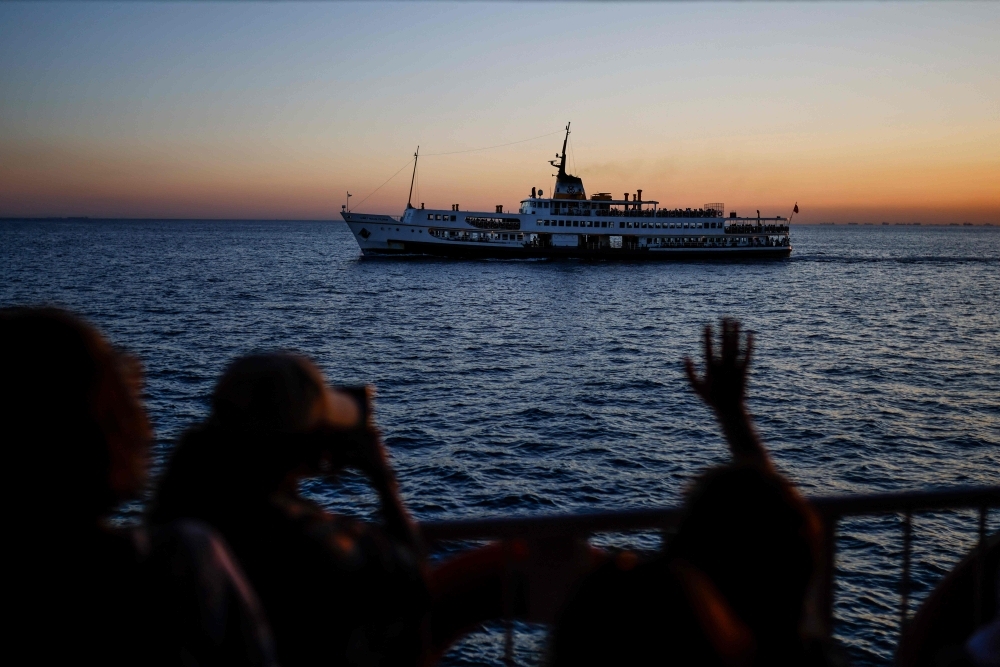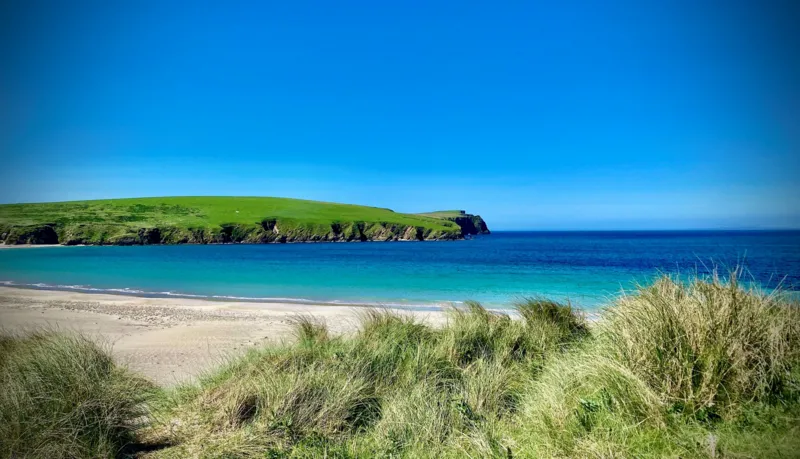The price of paradise: Pulau Besar fights to save its coral reefs while tourism continues to grow
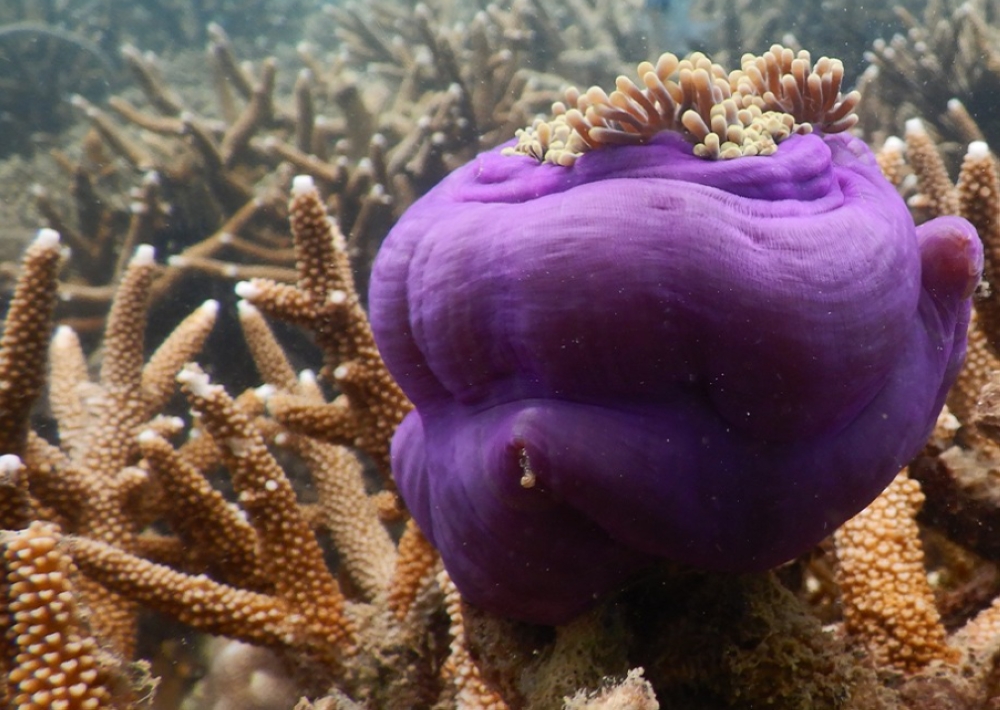
PULAU BESAR, Oct 18 — The clatter of cutlery and scraping of plates echoed through Warong Pak Adun, an open-air restaurant here, barely registering over the roar of the waves breaking about 500 metres away.
Along the side, customers empty the remnants of their meals into a large container by the sink, lined with a garbage bag, and place their used plates in a large bin by the kitchen.
Lunch had been a rustic affair and so was the after-meal cleanup. An hour or so later, the restaurant owner’s son, on a motorbike and the food waste bin in the sidecar, can be seen puttering along the narrow concrete path that runs from one inhabited end of the island to the other.
“In the old days, if there’s food waste, we (usually) burn or bury it,” said Abdul Ghaffar Ismail, locally known as Pak Adun, owner of the afore-mentioned eatery.
Instead of their backyard, the food waste now goes to Rumah Eko, the island’s education and conservation hub run by Tengah Island Conservation (TIC). Towards the back of the compound, a row of Ridan composters – green, submarine-like and mounted on metal stilts – turn leftovers into fertilizer.
Composting is one of the recent changes implemented by TIC to help islanders – Pulau Besar has a population of about 18 – handle waste. It keeps Pulau Besar and the surrounding islands clean, the tourists happy and carbon emissions low.
“Everyone takes part (in) making the island a better and cleaner place,” Nurul Aida Amanina Mohd Roslan, project manager of TIC’s ‘Besar Bersih’ project, told Bernama.
Located near the equator, on the northeastern side of Johor and part of Mersing district, Pulau Besar is one of the six island clusters in the Sultan Iskandar Marine Park. It boasts rich and varied biodiversity with hundreds of marine flora and fauna, including sea turtles, dugong and seagrass, and at least 261 species of coral.
Tourism on this little-known island, compared to its northern cousins Tioman and Redang, is just beginning to pick up. Tourists, attracted to the equatorial sun, white sandy beaches, clear aquamarine waters and beautiful nature, are providing Pulau Besar islanders with income. And after decades of benign neglect, the state government is upgrading infrastructure on Pulau Besar to provide essential facilities, such as a clinic, to the local community and visitors.
But tourism dollars come with baggage. As the world nears a climate tipping point, the reefs turn white and the weather becomes more erratic, conservationists worry that the very industry keeping the islands afloat could also hasten their decline.
Ghosts in the water
By the beach and jetty at Pulau Besar, coral reefs that look like boulders jut out of the water in some spots. But within the waters of the Pulau Besar island cluster lie a few “ghosts” in the emerald waters.
Driven by decades of human activity and the burning of fossil fuels, the planet is warming fast. In some regions, surface temperatures have risen by as much as three degrees Celsius since preindustrial times, according to Berkeley Earth data. Malaysia has not been spared: its annual average temperature climbed from 26.3 degrees in 1920 to 27.8 degrees in 2022, an increase of about 1.5 degrees. Nowhere, scientists note, is there any sign of cooling.
While a 1.5-degree rise may seem small, its impact is already visible on the coral reefs surrounding Pulau Besar and the other Mersing islands, turning the once vibrant corals into ghosts. It is the world’s first tipping point.
“(Last year,) we observed coral bleaching in some of the reefs on our monitoring site within the seven islands of the Pulau Besar cluster. They were unable to recover and actually eventually, some of the reefs died,” said Noor ‘Naja’ Azariyah Mohtar, the executive director of TIC.
She told Bernama her team estimated a loss of coral cover from 53 per cent to 46 per cent in the waters around the islands, which spans 29.4 square kilometres, roughly half the size of Putrajaya.
Coral bleaching occurs when corals become stressed, causing them to expel the microscopic algae zooxanthellae – essential for photosynthesis – living in their tissues. When expelled, the coral’s transparent tissue reveals its white skeleton, and the loss of the algae causes it to starve, making it susceptible to disease and death if temperatures don’t quickly return to normal.
The mass coral die-off is part of the global trend, as the rising temperatures have affected more than 80 per cent of coral reefs in the past two years, according to the 2025 Global Tipping Report, which was released on Monday (Oct 13).
The report, compiled by 160 scientists in 23 countries, found that the average global temperature increase of 1.4 degrees Celsius from preindustrial levels has caused bleaching events that are occurring too often for coral reefs to recover. Mass coral dieback occurs in temperature increases of above 1.2 degrees Celsius.
“If temperatures continue to rise, and I believe that the waters will become warmer, so we (are) concerned that we might lose our reefs sooner than the researchers predict,” Naja added.
The mass die-off of coral reefs resulting from repeated bleaching events has severe consequences for both the marine environment and human communities, tourists and locals who are generally allowed to fish in the waters for their own consumption. The collapse of the fragile ecosystem means a loss of shelter and food for fish and turtles, causing biodiversity to plummet. Furthermore, the reefs will no longer be able to protect islands from storm surges and rising sea levels, another effect of climate change and global warming.
Burning causes more rain
Less obvious but more widely felt is the effect of heat on weather systems. In South-east Asia, the increased temperatures have supercharged the monsoons and increased storm severity by increasing the amount of moisture in the atmosphere, as explained by the Clausius-Clapeyron equation. The equation states that every one degree Celsius of warming will increase the atmosphere’s ability to hold moisture by seven percent.
Pulau Besar islanders told Bernama that the weather patterns, particularly during the non-monsoon season, have become erratic, while monsoon storms are getting more and more violent. Global warming is not the only factor to blame; scientists point to air pollution as a likely contributor.
According to news reports, recent research by Prof Dr Steve Yim of Singapore’s NTU Center for Climate Change and Environmental Health, which was published on Oct 3 in the scientific journal ‘Geophysical Research Letters’, found that air pollution may be fueling this severity in maritime Southeast Asia, of which the Mersing islands are part. The study found that areas with air pollution had 50 per cent more rain than areas with clean air.
Bernama was unable to contact Dr Yim for comment.
Sources of air pollution in this region include coal burning and biomass burning. Asean nations are on track to burn 520.9 Mt (megatonnes) of coal this year and 546.9 Mt in 2026, according to the IEA Coal Mid-Year Update 2025. Much of the coal is used to power the electricity grid in Asean nations, with the biggest share going to the Philippines, Indonesia, Vietnam and Malaysia.
The region has a poor track record in curbing biomass burning, which has caused seasonal haze annually.
TIC’s Nurul Aida Amanina told Bernama that changing habits takes some time. While Pulau Besar islanders and resorts have responded to the composting system enthusiastically, she would not be surprised to find a few islanders still burning their trash and food waste occasionally.
“(Burning trash) is quite risky because they might mix food waste with other kinds of waste as well. But it’s still burning and releasing carbon dioxide to the environment, so I don’t encourage them to do that,” she said.
Carbon dioxide is a greenhouse gas which contributes to global warming by trapping heat within the atmosphere instead of letting the heat dissipate into space. Surfaces, including the sea and oceans, absorb that heat.
Tourism paradox
Rising temperatures and coral bleaching have not deterred visitors from visiting Pulau Besar, but locals say their biggest worry now is the weather.
“In the past, there were storms outside the monsoon season, but now (storms) are more frequent… suddenly it starts to rain,” said Pak Adun during an after-dinner meet at his eatery.
He added tour operators have had to cancel tourist activities like hiking, biking and snorkelling as a result. Fewer people are willing to venture out to his eatery during heavy rain as well.
Tourists have been a source of income and headaches for the tiny community of islanders. On Sept 18, the Johor government had to close tourists’ access to six Mersing islands to protect the marine park biodiversity and for environmental conservation. The six islands remain closed to activities, such as scuba diving, snorkelling and island hopping, to this day.
It is an irony sustainability experts know well: tourism sustains livelihoods and funds protection, yet also fuels the very crisis it seeks to solve. Every visitor to the island has a carbon footprint, needing to take a plane, car or bus and boat to get there.
United Nations Development Programme (UNDP)’s Edward Vrkic told Bernama that tourists, conservationists and the government need to play their part to mitigate the negative effects of tourism.
“Aviation, for instance, it is a high (carbon) emitter, right? About 2.8 per cent of global emissions, if you count the convex, about eight percent. But aviation travel is critical to ensuring tourism markets are accessible and made open,” he said.
The trick is “sustainable tourism”, where tourism takes full account of its current and future economic, social and environmental impacts. It must also address the needs of visitors, the industry and the environment, as well as host communities.
Universiti Malaya urban and regional planner Associate Prof Goh Hong Chin said while chasing sustainable tourism, stakeholders should focus on conservation and not use the term as a way to sell more products or cut costs, also known as greenwashing.
As such, she said she preferred the term regenerative tourism.
“Sustainable tourism is ‘what we enjoy now, we make sure our future generation enjoys the same’. But regenerative tourism is ‘what we enjoy now, let’s make it better before we leave or after we leave’,” she said.
Be it sustainable tourism or regenerative tourism, no one will be served if people do not appreciate what they have.
Mulling over the islands’ closure, Pak Adun said what mattered most was awareness – among locals, tourists and operators alike. He fears that in the rush for profits or the chase for perfect Instagram shots, many will forget what keeps the islands alive.
“Those tourists who come, they must know all about (maintaining) cleanliness,” he said. “And, there are many (tour) operators here, but if you stop them, what will happen? They want to make a profit. Don’t stop them, but monitor them.” — Bernama
[Source: Malay Mail]




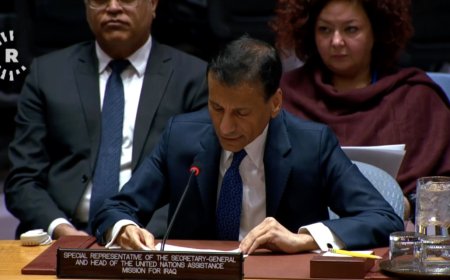









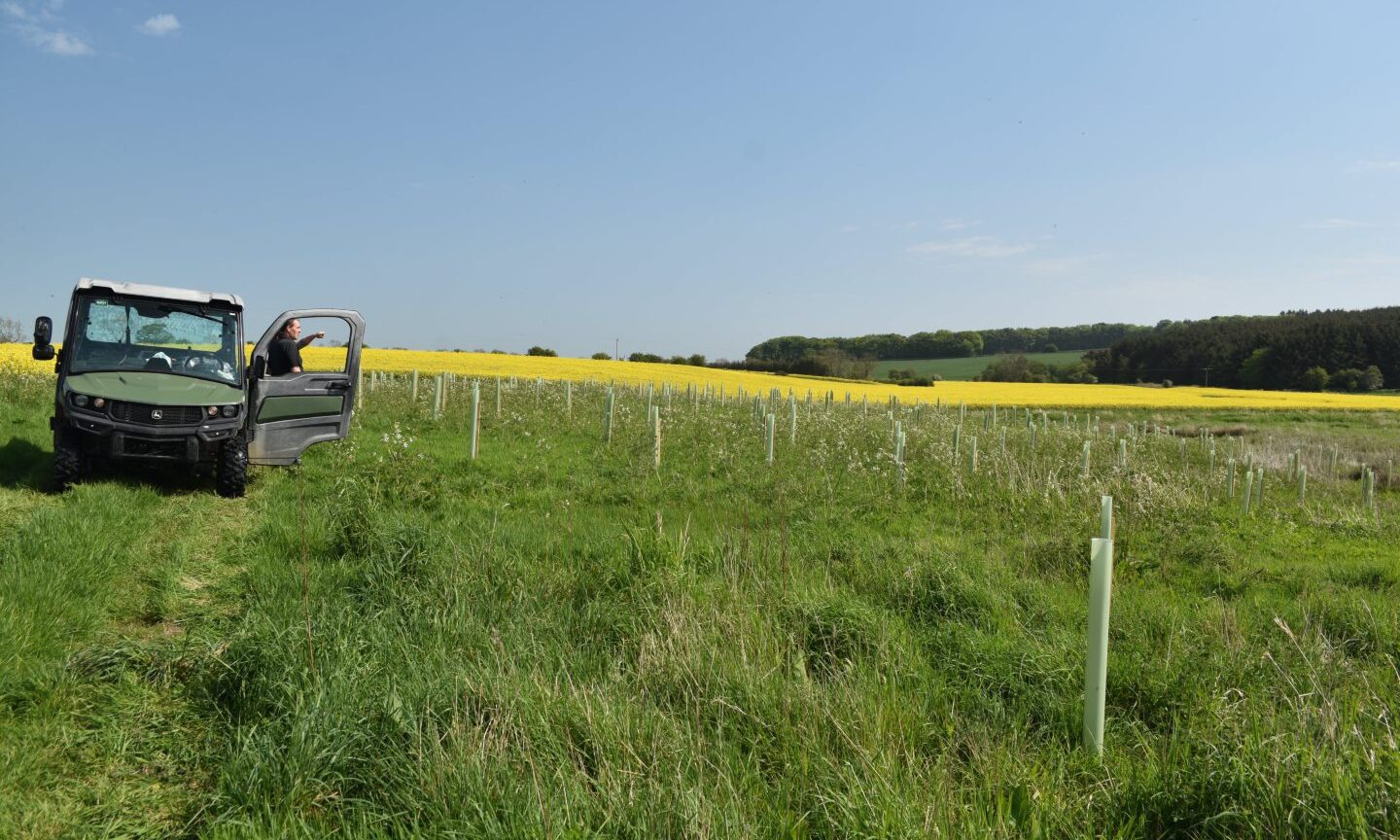

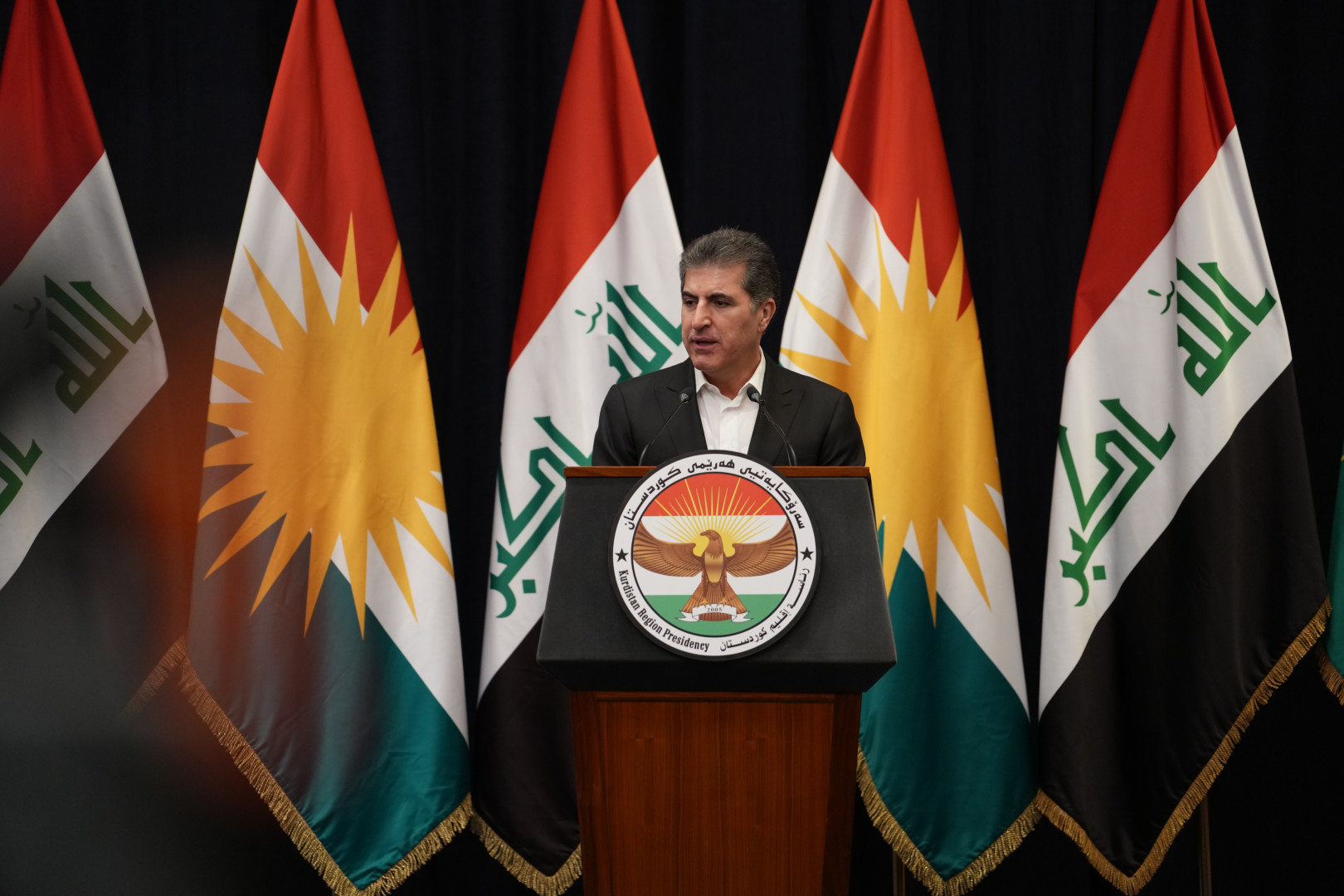
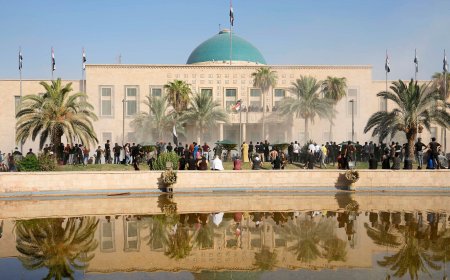

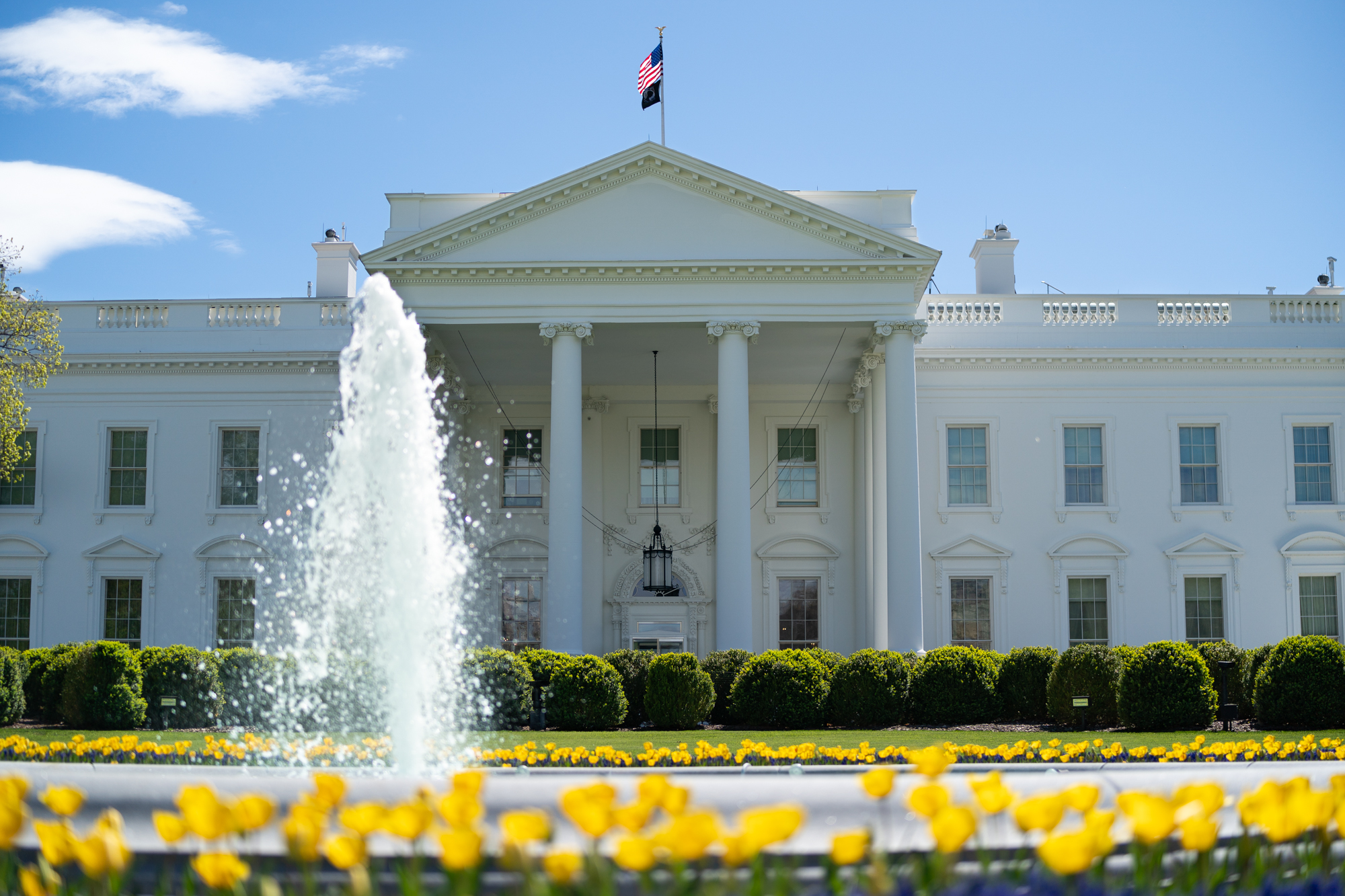
/file/attachments/orphans/1000146612_845134.jpg)











